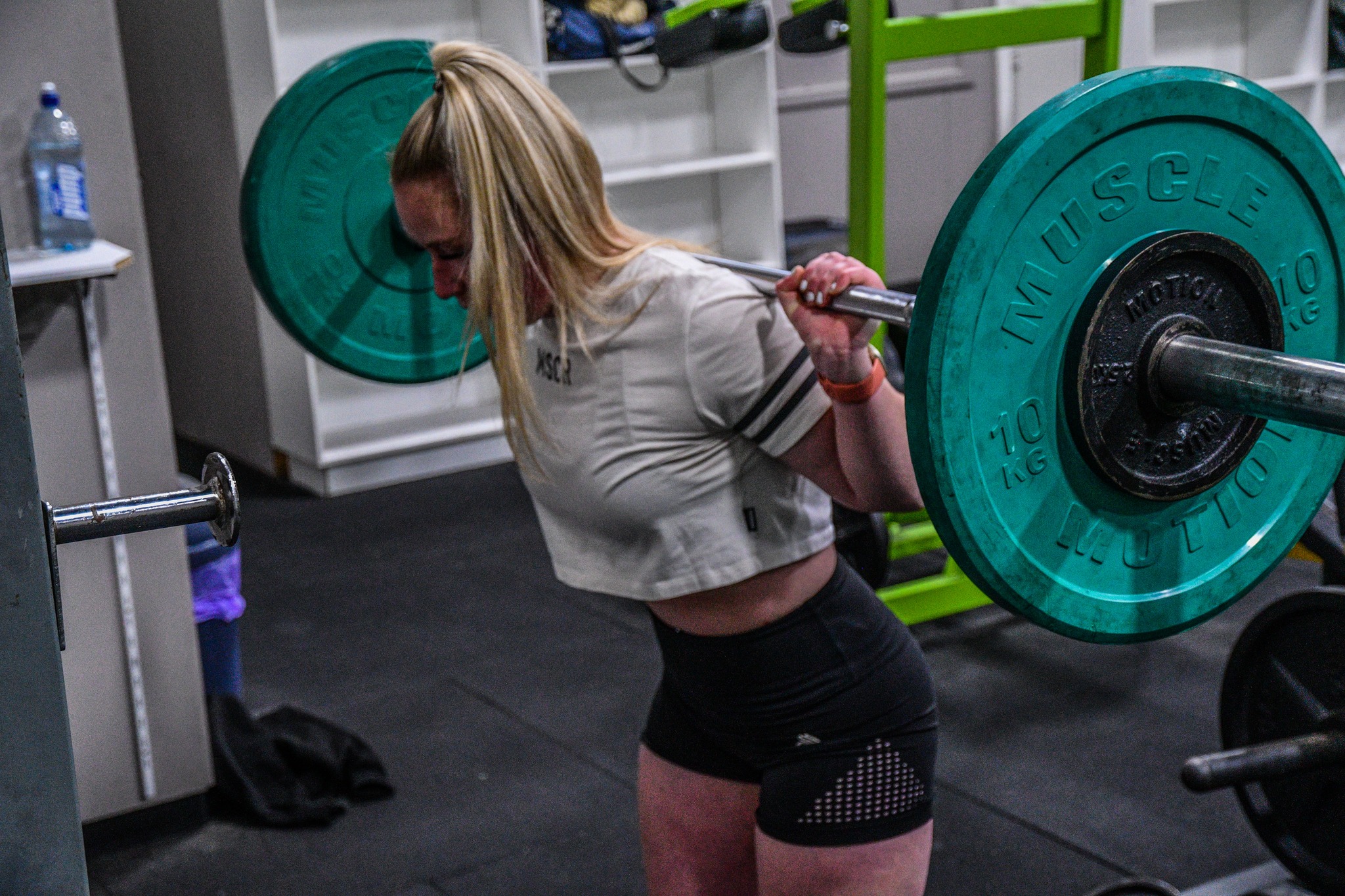There’s a common saying in fitness: “You can’t out-train a bad diet.” And when it comes to fat loss, especially for women, it couldn’t be more true. While exercise plays a key role in shaping your physique and improving your health, it’s your nutrition habits that set the foundation for sustainable, long-term results.
If your goal is to lose body fat, feel more confident, and build lean muscle, this article is for you. We’re not going to talk about fads, cutting carbs, or starving yourself. Instead, let’s focus on simple, science-backed principles that work—and most importantly, ones you can actually stick to.
1. Understand Your Energy Balance
Fat loss comes down to one key concept: calories in vs. calories out. To lose fat, you need to consistently consume fewer calories than your body burns. But this doesn’t mean you need to drastically slash your intake.
In fact, cutting too hard too fast often backfires. It leaves you tired, hungry, and frustrated—and can even slow your metabolism over time. Instead, start with a modest calorie deficit (about 300–500 calories below maintenance) and give your body time to respond.
Consistency here is key. A small, sustainable deficit done daily over weeks will outperform a “perfect” diet followed for only a few days.
2. Prioritise Protein for Fat Loss and Muscle Tone
Many women under-eat protein, which makes fat loss harder than it needs to be. Protein:
- Keeps you full for longer
- Helps maintain lean muscle as you lose fat
- Supports better recovery from training
Aim for 1.6–2.2 grams of protein per kilogram of body weight daily. Not sure where to start? Simple protein sources include chicken, Greek yogurt, eggs, tofu, cottage cheese, and lean beef.
In my program, people combine structured strength training with increased protein intake to preserve lean muscle as fat comes off—leading to that “toned” look many women are after.
3. Don’t Fear Carbs or Fats—Balance is Key
Cutting out entire food groups like carbs or fats might create short-term weight loss, but it’s rarely sustainable—and usually unnecessary. Carbs fuel your workouts, while healthy fats support hormones, brain function, and skin health.
Instead of labeling foods as “good” or “bad,” aim for balance:
- Include slow-digesting carbs like oats, sweet potato, rice, and fruit
- Choose healthy fats from sources like avocado, olive oil, nuts, and seeds
The goal isn’t perfection—it’s creating a flexible, enjoyable way of eating that supports your lifestyle and keeps you compliant over the long haul.
4. Eat Mostly Whole Foods, But Allow Some Freedom
Eating mostly whole, minimally processed foods helps regulate hunger, provides better nutrient density, and supports energy and recovery. But it’s also important not to go to extremes.
You don’t need to be 100% clean to lose fat. If 80–90% of your food choices are nutrient-dense and aligned with your goals, there’s room for your favorite treat without “ruining” your progress.
This is something I stress often in Empower programs: compliance beats perfection. It’s better to be 80% consistent for 8 weeks than 100% strict for 5 days.
5. Build Consistency Through Habits, Not Willpower
You don’t need more motivation—you need a system. Here are some easy-to-implement habits that support fat loss:
- Plan your meals ahead of time (or meal prep if possible)
- Keep a water bottle nearby and stay hydrated
- Start your day with protein (eggs, Greek yogurt, protein shake)
- Eat slowly and stop when 80% full
- Limit liquid calories and alcohol
When you create systems around your food choices, you rely less on willpower and more on habits—making fat loss feel easier and more automatic.
Conclusion: Fat Loss Is a Lifestyle, Not a Crash Course
Fat loss isn’t about extreme dieting or chasing perfection. It’s about consistent habits, eating enough of the right foods, and also finding a routine you can stick to.
So remember, lasting change comes from progress—not perfection. Start small, stay consistent, and trust the process.
#TrainWithCuz
Sean Currey Fitness




